Top 9 Combo Amps for Guitar – Compact and Versatile Performers
We may also earn commissions on purchases from other retail websites.
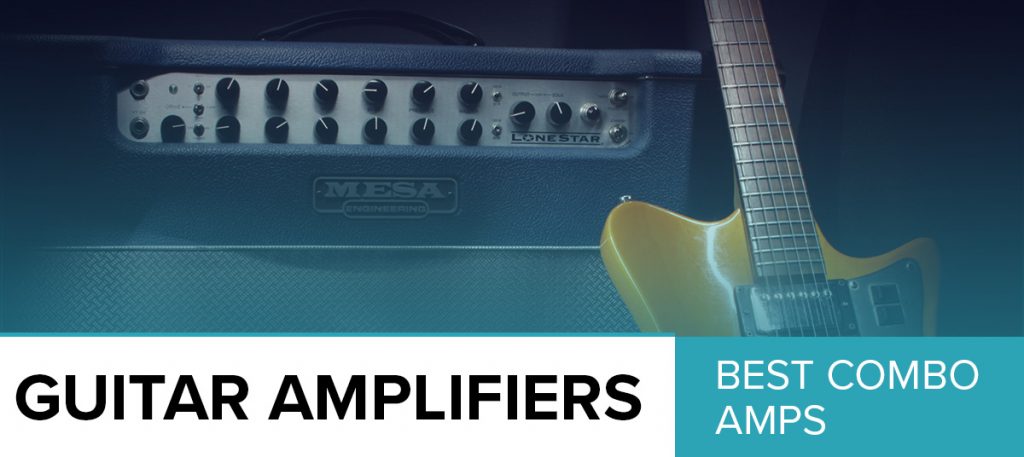
When combo amplifiers were introduced in the 1930s, they had a slow start. However, as the units became more advanced, they eventually proved a hit with guitarists. Now, we couldn’t imagine the guitar world without them!Last Updated: Apr-25-2019
In our most recent revisit to this combo-focused article, we gave our chart a bit of a reshuffle. We removed the Vox Custom AC15C2, and inserted two new additions. These were the impressive tube VOX AC4HW1 and the affordable Boss Katana KTN-100.
Whether it’s a tiny practice amp or a mega 100-watt combo fit for the stage, these amps prove a convenient, versatile and user-friendly way to get some serious sound out of your guitar.
Today we are taking a look at some of the best amplifiers on the market that are combos. After a brief overview of our picks, we will dive into a guide to combo amps, answering a few often-asked questions along the way.
The time for talking is over – let’s get to it!
9 Best Combo Amps
| Image | Guitar Amplifier / Rating | Summary | Check Price |
|---|---|---|---|
+ -  | Fender '65 Princeton Reverb Total of 4.67/5 | Revamp of one of the most epic tube combo amps ever made. | |
+ - 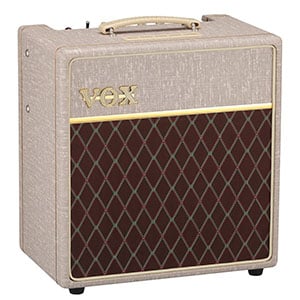 | Vox AC4HW1 Total of 4.83/5 | A high-end portable tube combo that nails the classic Vox sound. | |
+ -  | Fender Hot Rod DeVille 212 III Total of 4.78/5 | Impressive show of what vintage tubes can do in a modern configuration. | |
+ - 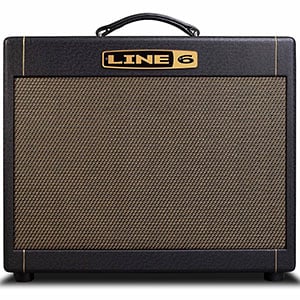 | Line 6 DT25 112 Total of 4.75/5 | Stunning all-tube combo modeling amp with pro tone. | |
+ - 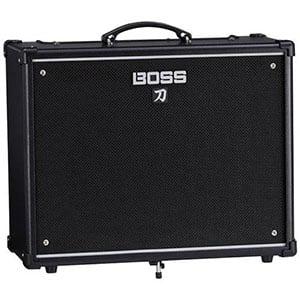 | Boss Katana KTN-100 Total of 4.83/5 | True Boss flexibility and tone in a powerful combo. | |
+ -  | Vox AC4 Classic Limited Edition Total of 4.80/5 | One of the smallest packages that delivers a truly genuine Vox sound. | |
+ - 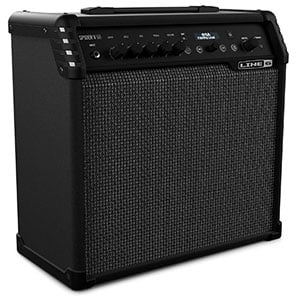 | Line 6 Spider V 60 Total of 4.85/5 | Incredible versatility for such a low price. | |
+ - 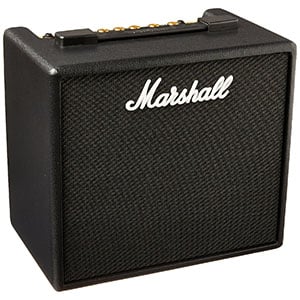 | Marshall Code 25W Total of 4.83/5 | Marshall pack a huge amount of tones into an affordable combo. | |
+ -  | Orange Amplifiers Crush35RT Total of 4.70/5 | Typical Orange power, grind and finesse delivered in a very compact package. |
Fender '65 Princeton Reverb
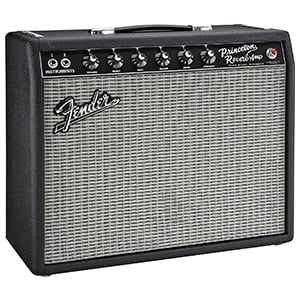
| Controls: |  |
| Features: |  |
| Performance: |  |
| Value: |  |
Fender's amplifier are nowhere near as popular as their guitars. With that said, this brand is known for some of the most influential and sonically attractive guitar amps ever made.
One of them is the Fender '65 Princeton Reverb. This model first appeared some 50 years ago, and was almost instantly recognized as a very capable unit. Fender has decided to do a reissue, which has caused a lot of hype in the community. On the release date, all of the expectations were confirmed as met.
Not too long after, users have found numerous ways to boost the performance even further. Ultimately, Fender '65 Princeton Reverb is a time capsule that has brought the best of vintage tube tone back.
Vox AC4HW1

| Controls: |  |
| Features: |  |
| Performance: |  |
| Value: |  |
In the world of amps, few names carry as much history as Vox. Part of their premium hand-wired tube series, their AC4HW1 captures those classic sounds in a portable package. Perfect for recording, practice, and jam sessions.
It’s only labeled at four watts, but this amp packs enough power to compete with 10- to 15-watt combos like the Fender Blues Jr. Thanks to the extended cabinet and Celestion 12” G12M Greenback, this thing packs a serious punch.
Tonally, this delivers the chimey, sparkling cleans and creamy, saturated overdrives that have become the hallmarks of classic Vox sound. If you’re looking for a premium combo with incredible tone and portability, be sure to check out our full review for a more in-depth look.
Fender Hot Rod DeVille 212 III
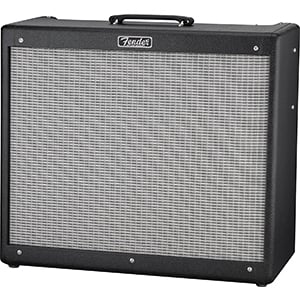
| Controls: |  |
| Features: |  |
| Performance: |  |
| Value: |  |
Hot Rod DeVille 212 III is by far one of the most impressive combo amps we have today. On paper, it doesn't give that impression but it takes only a couple minutes of hands on experience to confirm all the hype.
What Fender has essentially done with this box is revamp one of the most authentic vintage tube tones we know today. It's a simple package, with two channels and a built in spring reverb. However, the quality of each of these features is on a whole different level.
On top of that, you get 60 Watts of purest tube power, which is plenty enough for most applications. It's not hard to see why this amp is so loved today.
Line 6 DT25 112

| Controls: |  |
| Features: |  |
| Performance: |  |
| Value: |  |
One of the higher-end combo amps on this list is the all-tube DT25 112, which combines the modeling knowhow of Line 6 with the analog experience of boutique amp builder Reinhold Bogner, for a one-of-a-kind combo.
In addition to a sophisticated design, the DT25 112 offers four unique amp models – including American clean, British crunch, and modern high gain, at the flick of a switch.
As well as sounding divine, there’s a maximum of 25 watts of power which is great for smaller stages, although it can be hooked up to external amps to deliver bigger sounds, while a built-in Low Volume Mode is excellent for home practice. There’s more on Line 6’s DT25 112 in the full review.
Boss Katana KTN-100

| Controls: |  |
| Features: |  |
| Performance: |  |
| Value: |  |
While some combo amps are relatively plain in their offerings, the Katana KTN-100 is anything but. For an affordable midrange price, this Boss amp should completely change your perception of what a combo amp can be.
This solid-state model is loaded with an unbelievable combination of realistic amp tones and iconic Boss effects, making it perfect for guitarists of any genre. From delightful cleans to the face-melting ‘Brown’ setting, it delivers every tone you need, while you can also patch in more genuine Boss effects via USB connectivity.
With 100 watts of power (switchable to as low as 0.5-watts) and a built-in kickstand, it’s ready for the stage. Check out all the impressive features in our full review of the KTN-100.
Vox AC4 Classic Limited Edition
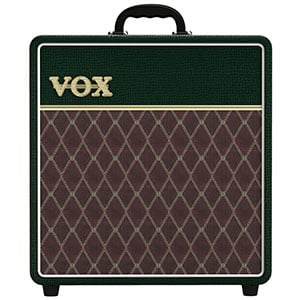
| Controls: |  |
| Features: |  |
| Performance: |  |
| Value: |  |
Mini tube amplifiers are all the rage at the moment. Even though this trend didn't become huge overnight, most of the larger brands were ready as soon as the whole thing started. Vox was of course among the first.
There are numerous mini tube amps in Vox's lineup, but AC4 Classic Limited Edition had got to be among the most interesting ones. With its humble 4 Watts of power, this tiny amp is a perfect choice for practicing and recording.
The reason being that AC4 brings the essence of that epic Vox vintage tube tone. You no longer have to spend a fortune to get it, and it comes in a compact package. It doesn't get much better than this.
Line 6 Spider V 60

| Controls: |  |
| Features: |  |
| Performance: |  |
| Value: |  |
As versatility on a budget goes, there’s no beating the Spider V 60 from Line 6 – an experimenter’s dream! For under $300, this solid-state combo amplifier offers an unrivalled range of tones, including more than 200 amps, cabs and effects models, with 100 quality presets.
In addition, as highlighted in the full Spider V 60 review, it also includes a built-in tuner and a metronome, a USB port for recording and playback, and 19 real drum loops for jamming by yourself!
Despite being the ideal at-home practice amp, this combo packs quite a punch in the power department with a full 60 watts delivered by one 10” speaker, meaning it will handle many performance scenarios.
Marshall Code 25W

| Controls: |  |
| Features: |  |
| Performance: |  |
| Value: |  |
Players on a budget don’t have to settle for a generic combo amp with limited tonal control, as the Marshall Code 25W is out to prove. This sub-$200 solid-state amp sets the bar high when it comes to modeling and effects, with a choice of 14 classic Marshall preamps, four power amps and eight speaker cab emulations, as well as 24 popular digital effects!
It is also easy to customize any tone through the mobile app. As for power, the Code has a 10” speaker with a maximum output of 25 watts, meaning it will feel at home in practice sessions, band practice and on smaller stages.
Be sure to check out everything on the Marshall Code 25W in the complete review.
Orange Amplifiers Crush35RT
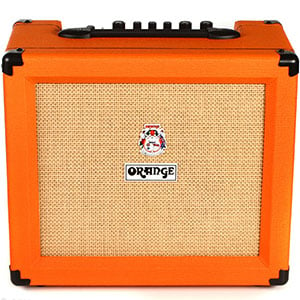
| Controls: |  |
| Features: |  |
| Performance: |  |
| Value: |  |
Orange Amplifiers is among the amplifier brands which are actually known for making bulletproof combo models. Their Crush 35RT belongs to the more affordable segment of their lineup, but is every bit as incredible as their other models.
What makes it so interesting is the amount of pure tonal perfection it brings for the money. You are looking at a solid state build with an extremely refined cleans and those classic Orange dirty tones. This is a type of combo amp that goes straight to the point.
It doesn't try to bribe you with a plethora of effects and emulations. No, this thing is all about raw performance, the old school way. As such, it represents a perfect practice rig.
What is a Combo Amplifier?
A combo amp – short for a combination amplifier – is one of the two commonly used types of guitar amp (the other being an amp head). How do combos get their name? Because they combine both the amplifier and the speaker into a single cabinet.
You will tend to find that combo amps dominate the more affordable segments of the market, although they are certainly present in the higher end too.
The sheer popularity of combo amps has led to a huge number of models hitting the market in the past several decades, all with different features. For example, combination amplifiers can use either vacuum tube or solid-state technology; they can be big and heavy or small and portable; and powerful enough for a huge stage or quiet enough for home practice.
The Benefits of Combo Amps
As we touched upon, these days there are two standardized types of guitar amplifiers: combos and amp heads – the latter of which are usually hooked up to standalone cabinets/speakers and referred to as ‘stacks’.
When it comes to the stack setup, the main drawback is that you have to buy the head and then spend a similar amount of money on the speaker cabinet. However, with a combo, everything you need comes in a single package that’s ready to go as soon as you open the box.
As well as being a simpler purchase, combos are more convenient when transporting the amp (even if they are generally heavier than their amp head equivalents). For example, you could be practicing on your combo at home one night, taking it to a pal’s house to jam the next day, moving it to the studio the day after that, then gigging with it on the weekend. Just grab and go – no need to carry a separate speaker and connection leads.
Always Built for The Best Sound
Some players will look towards amp head and cabinet stacks for the ultimate versatility in tone – and they are right. Different amp heads offer subtle differences in tone and the same can be said about speaker cabs.
So, it’s very appealing to choose the exact amp head you want, then pair it with your favorite cab – whether from the same brand or mixing and matching (a Peavy head with a Marshall cab for example).
However, this freedom can be a double-edged sword. Just as a specific speaker cab can improve the performance and sound of an amp, pairing the wrong equipment can ruin it. With combos, this problem doesn’t exist, as the amp has been expertly designed so that the speakers specifically match that amplifier to deliver the best tone and performance.
Can You Use Combos on Stage?
The short answer to this question is a strong yes. Combination amps are used on stages of all sizes around the world every day, and are particularly popular with country, pop and blues players. They are ideal for smaller gigs, such as halls, clubs and bars instead of outdoor festivals and stadiums where a stack is the more popular choice.
The main limitation of using a combo on stage is that they are often limited in power compared to amp heads. From a purely practical point of view, a powerful amp head and a big cabinet will give you so much more power than any combo, proving the better solution for biggest stages.
Combos can indeed be hooked up to external speakers, so you can use it on the biggest stages too, but you have to ensure the amp provides a line out for standalone speaker cabinets – many combo amps don’t offer this.
How to Choose the Best Combo Amp for You
One of the best things about combos is how different they all are – they come in a variety of sizes, shapes, flavors and price ranges. You can find some amazing combo amps with great power, tone and versatility for under a hundred bucks, but good luck finding a similar amp head for the same amount of money.
Choosing the right combo for your needs depends on a number of things, including your budget and your aspirations.
If you are just starting out in the world of guitar and are looking for a basic budget amp, you probably don’t need to put too much thought into it, as a beginner’s amp will offer everything you need in terms of basic power, tone and control.
But as you move up the experience ladder and are shopping for your second or third amp, you need to consider what you are going to be doing with the amp. Are you looking for something that’s going to be used exclusively for home practice? Or are you in the market for a gigging workhorse that may also be used in a recording studio when you’re not touring?
If you are planning to gig in a year but need to buy a new amp today, it’s worth investing in an amp capable of gigging now, otherwise you’ll be back on this page again in a year looking to buy another amp!
The rule of thumb is to buy in as high a price category as your budget allows. If you can stretch to a $300 amp instead of a $200 amp, the power, sound and features can be triple what you’d expect to find in the lower price range.
If not, the best advice we can offer is to try to find an amp that sounds good to you. Take advice from reviews, friends and experts, but ultimately make the decision based on the amp that sounds the best to you and offer the features you require.
Same Brand, Different Styles
As you look around the amp market, you’ll soon notice that some brands offer the same amp model in both combo and head form.
Why make both? The only reason for this is that brands know that guitarists want the choice – some love the convenience of having the amp and speaker together in one box, others want the flexibility to mix and match with an external speaker.
Is one better than the other? Again, no – it’s down to personal choice. Although the different design can affect the overall sound of the model. For example, at the highest volumes, if you are testing Model A (stack) and Model B (combo), you’ll probably notice that Model A offers more low-end thump as the cabinet is bigger. This is why metalheads tend to go with stacks!
The Final Word
Despite amp heads being the amp aficionado’s choice, combo amplifiers are as popular as ever with both pros and beginners alike. Whatever your budget, style and ultimate goal, we hope our chart has offered a little inspiration when looking for a good amp, although there are many more out there. Read some reviews, watch some videos and test some out if you have the chance. Good luck!

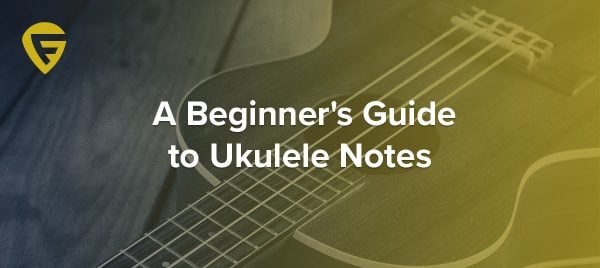

Reader Interactions